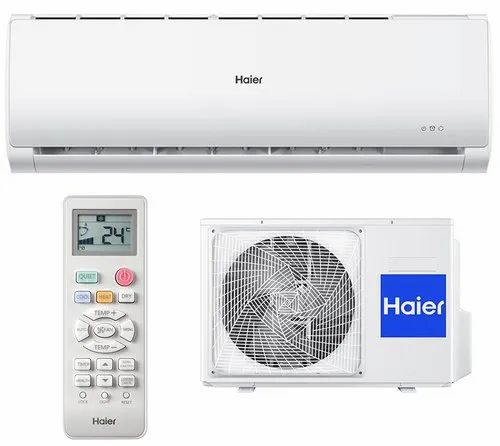Air conditioning, often abbreviated as “aircon,” has become an integral part of modern living, providing comfort and enhancing quality of life in various climates worldwide. From sweltering summers to chilly winters, air conditioning systems regulate indoor temperature, humidity, and air quality to create a pleasant and healthy environment. This technological marvel has evolved significantly since its inception, offering a range of solutions tailored to diverse needs and preferences.
Did You Know Your Aircon Can do This?
- Smart Connectivity: Many newer air conditioning units are equipped with smart connectivity, allowing you to control them remotely via smartphone apps or other smart home devices.
- Voice Control: Some air conditioning systems are compatible with voice assistants like Amazon Alexa or Google Assistant, enabling you to adjust settings using voice commands.
- Energy Efficiency: Energy-efficient models use advanced technologies such as variable speed compressors and smart thermostats to optimize energy usage, potentially saving you money on utility bills.
- Multi-Zone Cooling: Multi-zone systems allow you to set different temperatures for different areas or rooms of your home, providing personalized comfort and potentially saving energy by only cooling the spaces you’re using.
- Sleep Mode: Sleep mode adjusts the temperature and fan speed settings to promote better sleep by maintaining a comfortable environment throughout the night.
- Air Purification: Some air conditioners come with built-in air purification systems, such as filters or ionizers, which help remove allergens, pollutants, and other airborne particles from the indoor air.
These features collectively contribute to a more convenient, efficient, and comfortable indoor environment.
Conclusion::
air conditioning has revolutionized the way we live, work, and interact with our environments. From its humble beginnings as a means to combat heat, aircon has evolved into a sophisticated system that not only regulates temperature but also improves indoor air quality and enhances overall comfort. Its widespread adoption has reshaped architecture, influenced urban planning, and even impacted global energy consumption patterns.










